One side effect of starting a keto diet is the loss of fluids, which is triggered by the release of stored glycogen. That’s because for every one gram of glucose stored in the body (as glycogen) there’s approximately 2-3 grams of water retained.
Together with the excess water from the glycogen stores, your kidneys flush out increased amounts of electrolytes, including sodium, potassium and magnesium. That causes a temporary electrolyte imbalance that often leads to the classic symptoms of the keto flu, including:
- Brain fog
- Change in blood pressure
- Cramping (muscle cramps)
- Dizziness
- Fatigue
- Headaches
- Impaired muscle function
Severe cases of electrolyte imbalance can also cause heart palpitations and impaired nerve function.
How can you prevent these symptoms? In addition to consuming foods that contain essential minerals, a high-quality electrolyte supplement can provide instant relief and optimal support for your body, regardless of the stage of your ketogenic journey.
What Are Electrolytes?
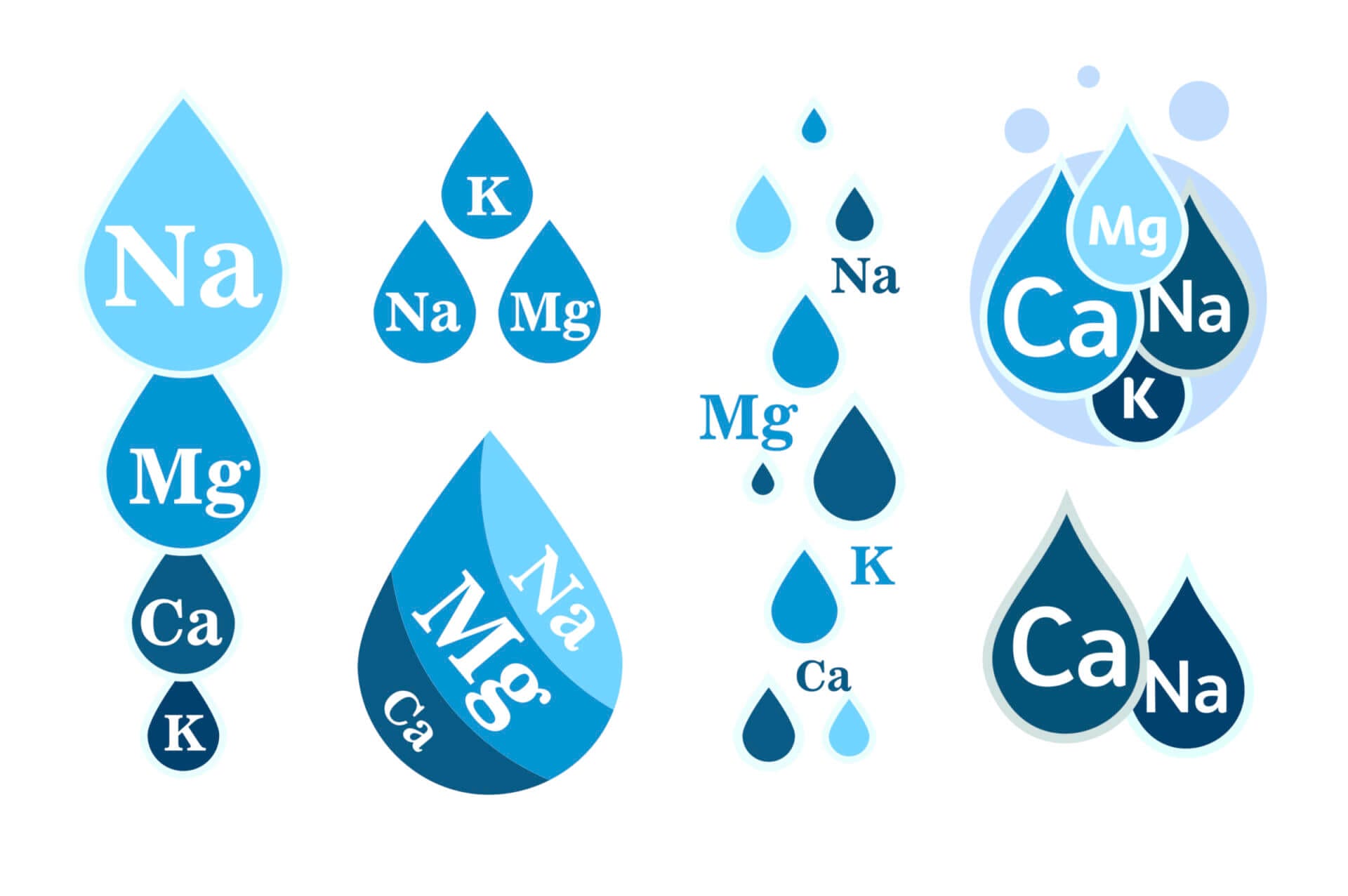
In the context of nutrition, electrolytes are essential minerals that carry an electrical charge. The most popular examples include sodium, magnesium and potassium. Chemically, electrolytes are substances that produce an electrically conducting solution when dissolved in water.
In the body, electrolytes play a vital role in supporting cell function, producing energy and stimulating muscle contractions. They literally keep the human heart beating.
Why Electrolytes Are Important for Low-Carb Diets
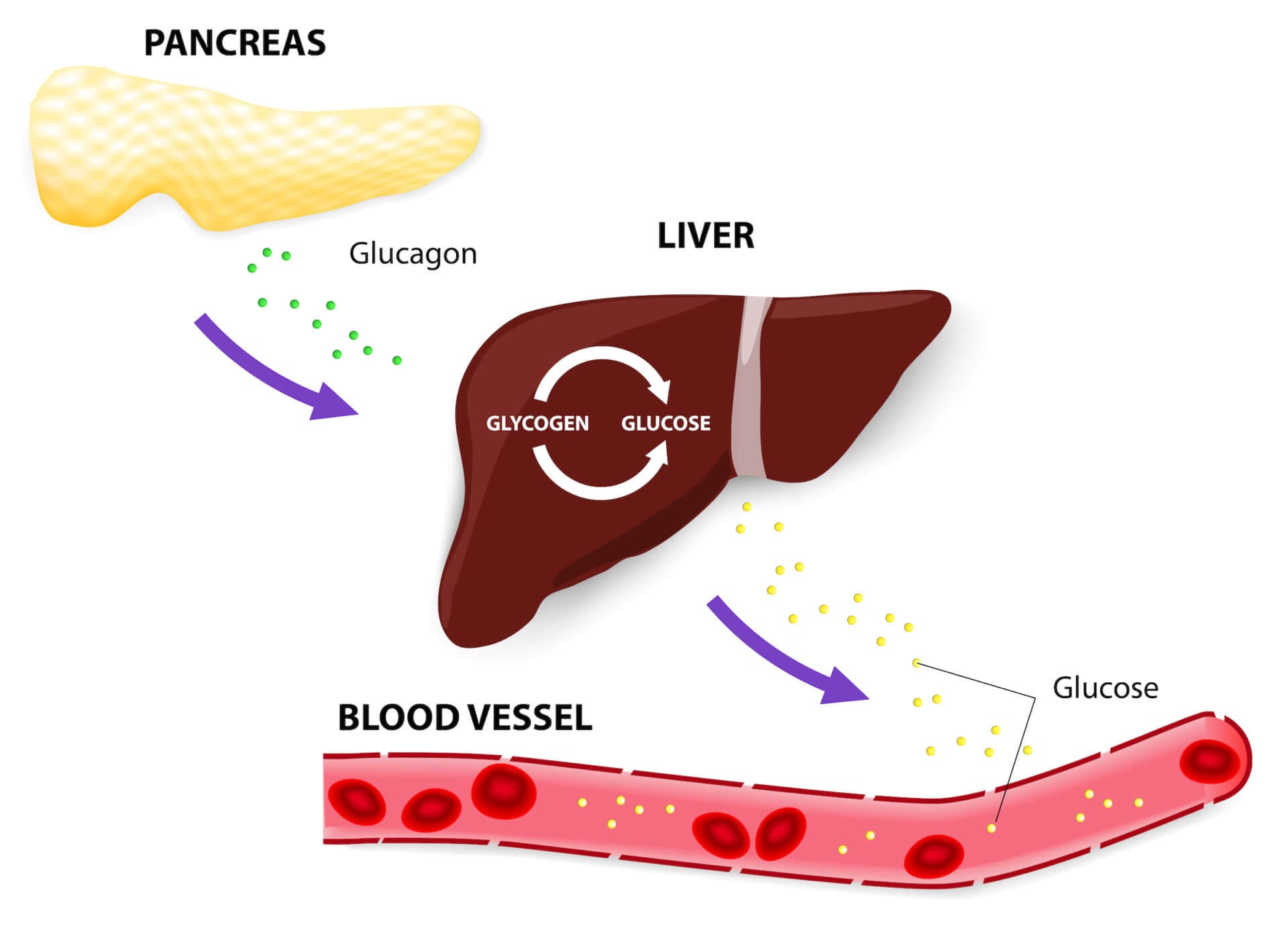
Maintaining sufficient levels of electrolytes through nutrition is vital, regardless of whether or not you’re on keto. But many people fail to consume sufficient amounts of micronutrients.
There are many reasons for this, such as food choices (including what they don’t eat), soil nutrient depletion (many modern crops have fewer nutrients than in the past), and lifestyle factors like smoking or eating disorders.
When you start on a ketogenic diet, some of those nutritional gaps get amplified and exposed — particularly if your body is used to burning glucose (from the carbs you’ve been eating) as its primary fuel source.
When you stop eating carbs, your body naturally taps into the glucose (called glycogen) that’s stored in your liver and muscle tissue. Glycogen is stored together with water, and when those glycogen stores are emptied, the body also releases larger-than-normal amounts of water (which is excreted via urine).
If you’re new to keto, you might have noticed increased urination.
The problem is that along with all of that water, your body is also flushing out essential minerals. That often causes a temporary electrolyte imbalance — especially during the first few weeks of keto. Once your body has become fat-adapted and all excess glycogen stores have been emptied, you’ll stop losing fluids and electrolytes at the same rate as in the beginning.
I’ve been on keto for over a year, and I haven’t suffered keto flu symptoms in a long time. However, I’m still supplementing with electrolytes because I have increased requirements stemming from my intensive physical activity (I do CrossFit six times a week).
Sweating is another way you can lose electrolytes quickly.
While I try to satisfy most of my nutritional needs with real food, I practice intermittent fasting and often consume only one meal a day. Some days I don’t eat at all, making it challenging to get all the micronutrients my body needs to perform.
That’s why I generally recommend supplementing with a high-quality electrolyte product if you’re on keto or work out a lot (and especially if you do both).
How to Choose an Electrolyte Supplement

As is the case with most supplements, the market is flooded with electrolyte products. That makes it challenging to pick one that’s effective and that properly supports your lifestyle.
I’ve tried dozens of different products and wanted to share my advice on how to pick a good supplement.
Generally speaking, I look at the following attributes when shopping for electrolytes:
- Primary ingredients and their dosage
- Type of minerals (chemical structure)
- Bioavailability (how much of the supplement can be used for normal body function)
- Other ingredients (such as artificial sweeteners or fillers)
- Price
- Delivery form (powder or liquid)
The first thing I look for is what minerals the product has and what the dosage and chemical structure is.
Many products on the market have such low doses of sodium, magnesium and potassium that they’re practically ineffective.
It’s also important to understand that there are often different versions (molecular structures) of certain minerals, such as magnesium and potassium. Both the bioavailability and absorbability can vary greatly between those different types.
For example, you can find at least 10 different types of magnesium — including chloride, citrate, glycinate, lactate, l-threonate, malate, orotate, oxide, sulfate and taurate — depending on the chemical structure the magnesium molecule is bound to.
When selecting a powdered product, I try to stick with electrolytes that are easily absorbed and don’t have a laxative effect, including:
- Sodium chloride (salt)
- Magnesium citrate
- Potassium chloride
It’s also worth noting that there’s a difference between obtaining certain electrolytes from real food compared to from a supplement. The magnesium found in certain foods (like spinach) is much better absorbed (and has a higher bioavailability) than any powdered magnesium you’ll find.
The good news is that there are certain liquid supplements on the market that provide nature-identical electrolytes from plant-based sources (see below).
It’s also important to carefully look at the list of “other ingredients” when shopping for a supplement.
That list often contains a bunch of crap ingredients you don’t want to put into your body, including:
- Added sugars
- Artificial colors or sweeteners (i.e., sucralose)
- Unnecessary fillers and flow agents
- Ineffective proprietary blends
Last but not least, I look at the price. The problem is that you have to take potency and serving sizes into account to find out whether a product is reasonably priced or not.
The Best Electrolyte Supplements for Keto
Both my wife and I use a combination of electrolyte supplements throughout the day. In the morning, we use a liquid product that absorbs almost instantly and is highly bioavailable.
During intensive CrossFit workouts, we use a product with high amounts of salt (sodium) and magnesium.
Throughout the day, I often sip on an electrolyte drink that contains a lower dose of minerals than I would consume during workouts. I don’t do that because I absolutely need the extra minerals, but because I like how the product tastes.
Here are the products we use right now, and alternative options (where applicable) that we have used in the past.
1. Electrolyze (Keto-Beam)
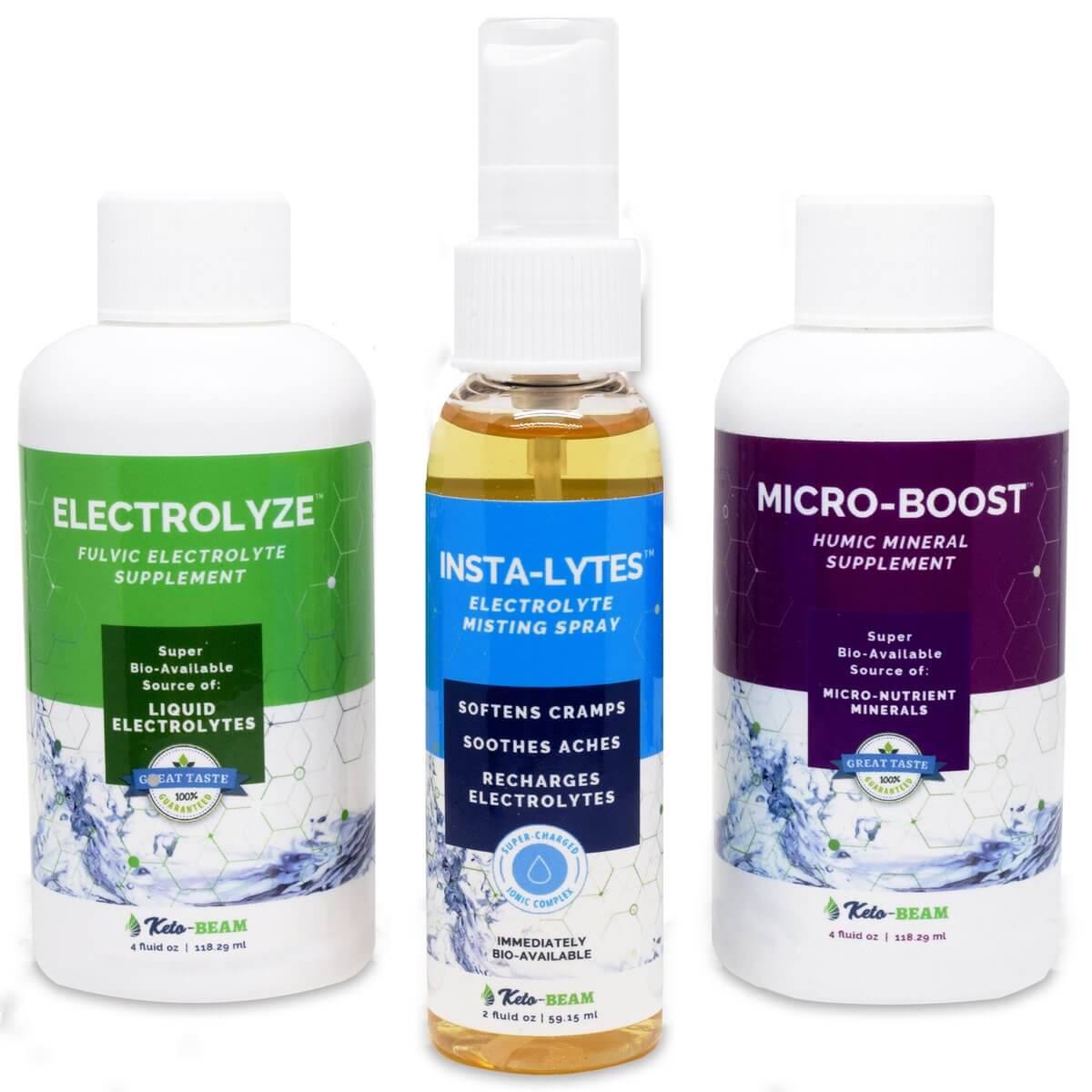
Keto-Beam makes liquid electrolyte supplements that are 100% bioavailable.
We currently use the travel pack that consists of a fulvic electrolyte supplement (Electrolyze), a humic mineral supplement (Micro-Boost), and an electrolyte misting spray (Insta-Lyte).
Fulvic and humic complexes are naturally-occurring substances that are the byproducts of decomposed freshwater plants. They are the strongest electrolytes known to man and the absolute best antioxidants available.
My wife and I take ½ a cap of Electrolyze in the morning and ½ a cap of Micro-Boost before going to bed.
Neither liquid tastes much like anything, so we consume it as a shot. But if you prefer, you can mix them into your workout drink or other beverages. Just don’t mix them with chlorinated water because the chlorine will destroy some of the micronutrients.
Make sure to use code michaelkummer to get 20% off your purchase!
2. Re-Lyte (Redmond)
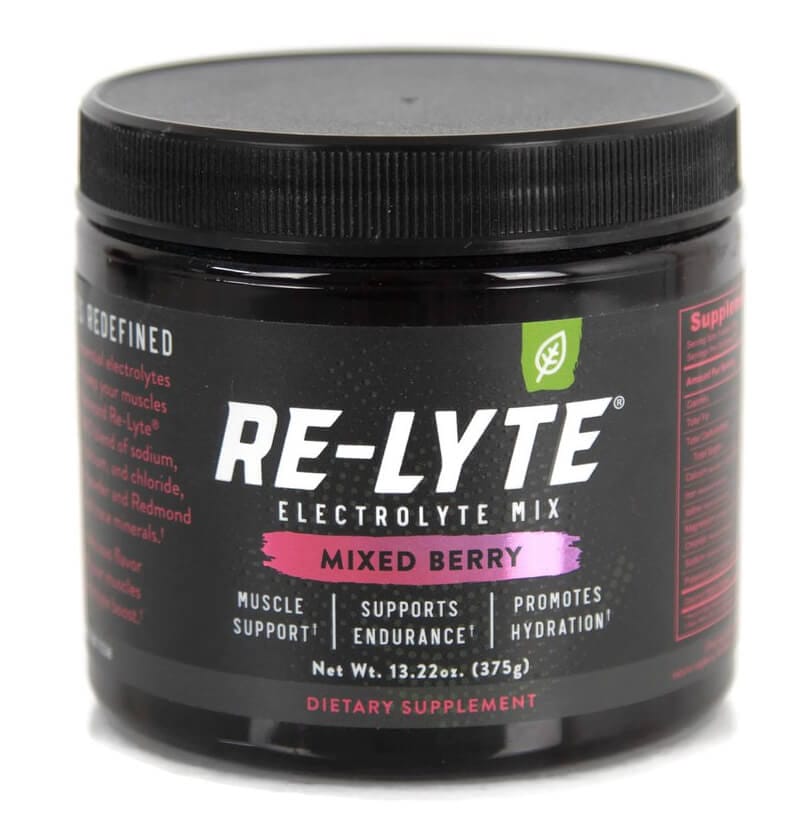
Re-Lyte is an electrolyte mix from Redmond, my favorite salt brand. What I like about the product is that it has relatively high concentrations of core minerals, including chloride, sodium and potassium. It also includes trace amounts of other essential minerals (that you’d naturally find in real salt), including iron and iodine.
Re-Lyte is available unflavored or flavored. The latter is sweetened using stevia extract.
Make sure to use code MKUMMER82 to get 15% off Re-Lyte.
3. Zero Sugar Essential Electrolytes (Cardnl)
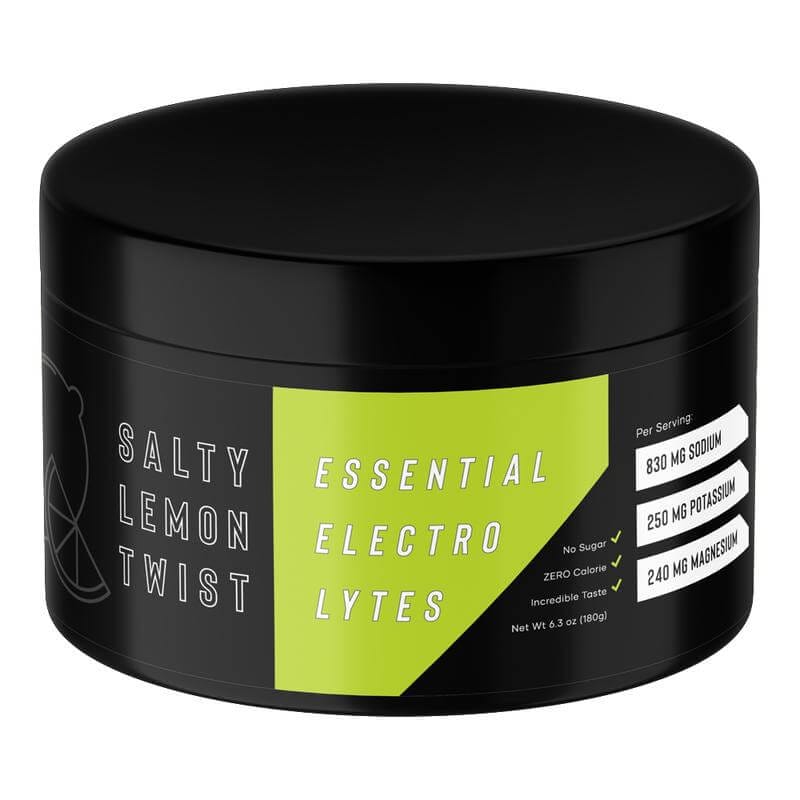
Salty Lemon Twist is a great product made by a family-owned business in Colorado. The couple behind the supplement runs a brick-and-mortar health store called the Explorado Market.
What I like about Salty Lemon Twist is that it contains relatively high amounts of electrolytes. That’s why it’s our product of choice for working out. Additionally, the supplement is absolutely delicious and I love the flavor combination of salt and lemon. It kind of reminds me of sipping on a margarita.
What’s cool about this product is that it’s frequently on sale for up to 40% off. Any time that happens, I stock up on it!
4. Daily Electrolytes (Perfect Keto)
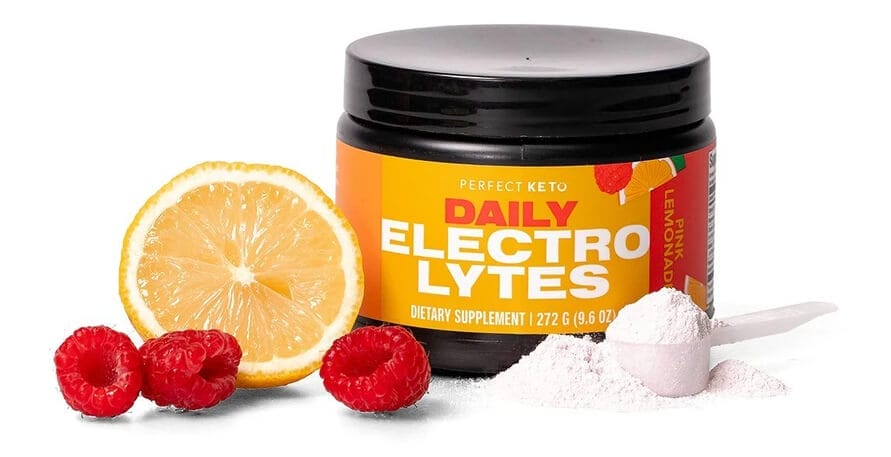
Daily Electrolytes from Perfect Keto is a well-rounded yet relatively new product that I started testing in the beginning of 2021. What I like about it is that it contains 125% of the daily recommended dose of vitamin D3 (cholecalciferol) and 600mg of potassium.
The former is an important vitamin that I usually supplement with during the colder months of the year (when I don’t get enough exposure to sunlight). Plus, vitamin D boosts magnesium absorption!
Beyond that, Daily Electrolytes contains 250mg of magnesium citrate and 240mg of sodium. It’s available in several flavors, including Pink Lemonade, Lemon Lime, Black Cherry, Watermelon, or unflavored (as capsules).
My wife and I tried both the Pink Lemonade and Lemon Lime, and we prefer the latter.
Overall, Daily Electrolytes is easy to drink because it doesn’t have a super-intense flavor. As a result, you might want to consider using two scoops of the powder, especially if you mix it in a large bottle that contains more than 8 ounces of water.
Before I started using this product, I also tried (and recommend) these alternatives:
- LyteShow – a liquid electrolyte supplement.
- Genius Electrolyte Powder – another electrolyte powder that tastes great.
- Ultima Replenisher Electrolyte Hydration Powder (Amazon) – the first electrolyte supplement I ever purchased.
All of these have relatively low amounts of minerals, making them ideal for drinking throughout the day. See the FAQ below if you’re worried about the side effects of consuming too many electrolytes.
Making Your Own Electrolyte Drink
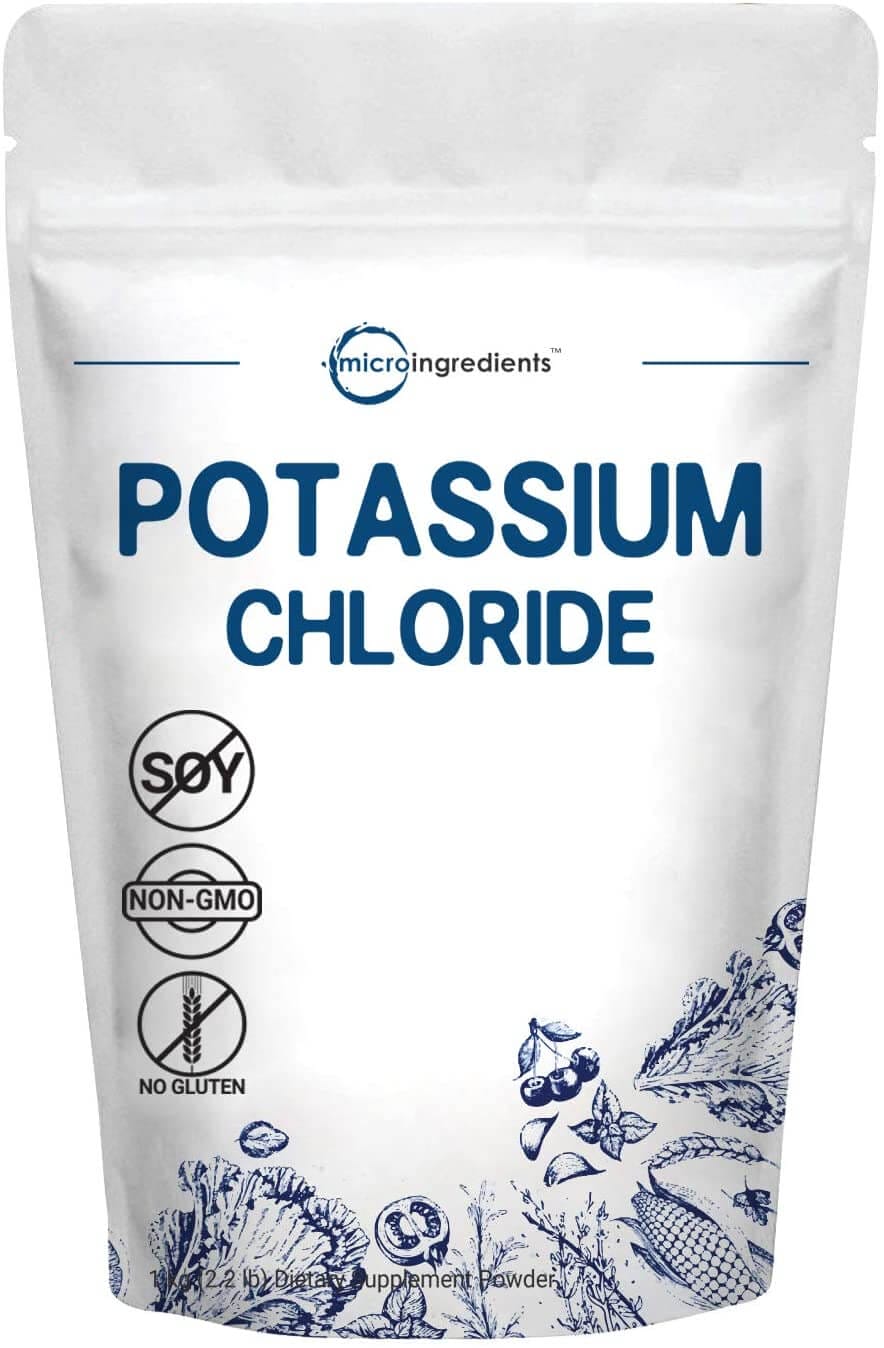
In addition to buying products off the shelf, we also started mixing our own electrolytes. This enables us to take full control over the ingredients.
We use the following ingredients (which we source from Amazon) in our homemade electrolyte powder:
After several months of experimentation, we’ve settled on the following dosage of each ingredient:
- 1000 mg sodium
- 60 mg magnesium
- 200 mg potassium
- 20 g citric acid
- Optional: 3/4 tsp of stevia
That way I can have a couple of servings per day and get relatively close to my daily values, even on days where I restrict my caloric intake via fasting.
Frequently Asked Questions
Pure coconut water is an excellent source of potassium but doesn’t have any magnesium and only low amounts of sodium.
Plus, one serving (8 oz) of unsweetened coconut water has about 10 grams of carbs, including 7 grams of sugar.
The bottom line is that coconut water is a poor source of micronutrients and electrolytes, with the exception of potassium. I’d rather drink camel milk, which has the same amount of sugar but is loaded with micronutrients.
I think that would be a bad idea. Sports drinks are loaded with sugar that you won’t need and that will definitely kick you out of ketosis. Check out my article about how to properly hydrate before, during and after a workout to learn more.
We all have different nutritional needs and lifestyles. So my recommendation is to listen to your body and adjust your electrolyte supplementation based on how you feel.
If you’re feeling great and don’t experience any of the classic keto flu symptoms or muscle cramping, your electrolyte levels are probably fine.
However, based on the latest scientific research, you should consume between 2,645 and 4,945 mg of sodium per day — which is much more than the flawed recommendation of the U.S. government of 2,300 mg or less. In fact, the CDC’s sodium intake recommendations have been linked in studies to harmful health outcomes.
As far as magnesium and potassium are concerned, I’d start with a minimum of 400 mg and 3,500 – 4,700 mg per day, respectively (food and supplements combined). From there, you can increase your dosage based on how you feel.
If in doubt, talk to a health professional who understands the impact of nutrition on the human body and who has experience with low-carb eating.
It can be, if the electrolyte levels in your bloodstream go above certain levels. That’s why your doctor usually checks the electrolyte levels in your serum during your annual physical.
However, it’s worth noting that consuming larger amounts of electrolytes doesn’t immediately and permanently change your blood chemistry. That’s because the kidneys maintain proper electrolyte levels by filtering water and electrolytes from blood and excreting excess amounts via urine.
Still, a permanent overconsumption of electrolytes can lead to kidney damage. And if that vital organ stops working efficiently, your serum electrolyte levels can increase, leading to a host of health conditions including irregular heartbeat, fatigue, seizures, nausea, vomiting and more.
There are many low-carb food sources that are high in important electrolytes, including leafy greens (spinach, kale and swiss chard), almonds, avocados, broccoli, chicken, fish, olives, strawberries, turkey, veal and watermelon.
Yes, milk and cheese are often good sources of calcium, potassium and sodium. That’s one of the reasons why I include certain types of cheeses as part of my dietary framework. Occasionally, I also have a cup of camel milk with a meal.
However, note that any dairy product energy (calories) that will break your fast — and milk, in particular — might kick you out of ketosis if you overindulge in it.
As a result, I don’t consider dairy a viable alternative for an electrolyte supplement that I would sip during workouts or throughout the day.
That depends on the type of mineral and supplement. Some naturally-occurring minerals, including magnesium and potassium, are attached to proteins (or several individual amino acids) that make it easy for the body to absorb the substance.
Most minerals sold as dietary supplements are attached to a single carrier molecule — a structure that doesn’t occur in nature. Take magnesium supplements containing magnesium citrate as an example; you won’t find such a chemical structure in nature.
The only way to get nature-identical electrolytes from a supplement is to use one that contains whole-food ingredients. Keto-Beam would be such an example.
When shopping for dietary supplements, many people look for products with a high absorption rate. However, the fact that the body absorbs a supplement to a high degree doesn’t mean it’s being used in the body in the same manner as its naturally-occurring counterpart.
For example, synthetic vitamin C (ascorbic acid) is well-absorbed but not utilized as an antioxidant like vitamin C found in real food.
Most ketone supplements are chemically bound to salts, such as calcium, magnesium, potassium and sodium. So yes, you can use ketone supplements to increase your electrolyte levels and mitigate keto flu symptoms.
However, keep in mind that the goal of the ketogenic diet is to enable your body to make its own ketones by metabolizing body fat and thus permanently supplementing with exogenous ketones is somewhat counter-productive.
Also, keep in mind that ketones are a form of energy and using exogenous ketone supplements will break your fast.
If you already have the right electrolyte balance, supplementing with electrolytes won’t make any difference with your weight loss goals.
However, if you suffer from an electrolyte imbalance that’s causing low energy levels (or any of the other symptoms mentioned above), then supplementing can certainly help. Because if you don’t feel good on your weight loss journey, you won’t be doing it for long.
If you’ve been struggling to shed excess pounds, read my article about the reasons why people struggle to lose weight.
My recommendation is to consume enough of the foods I mentioned above and to use table salt liberally — just make sure you use a high-quality salt that contains trace minerals.
If you drink enough water and keep your sodium intake high, you’ve won half the battle.
I always strive to fulfill most of my nutritional needs with real food. However, I realize that adding intensive physical activities — such as CrossFit, intermittent fasting and caloric restriction (which occurs inadvertently on days when I only eat one meal, or when I don’t eat at all) — to my keto lifestyle, sometimes makes it difficult to get all the minerals I need to function optimally.
Summary and Final Thoughts
Many keto dieters have realized the importance of maintaining a proper fluid balance, especially during the period when the body is becoming fat-adapted.
What most people don’t realize, however, is that the keto flu is largely preventable if you take care of your electrolyte levels. I used to suffer from leg cramps, twitching eyelids and other minor symptoms of magnesium deficiency. All of these symptoms went away after I started paying attention to my electrolyte intake, especially on days that I work out.
But even on days that I don’t exercise, I still use the supplements I mentioned above to ensure I maintain proper electrolyte levels. That’s especially important in warmer climates (Georgia gets hot in summer) where you sweat a lot even without physically exerting yourself.

Michael Kummer is a healthy living enthusiast and CrossFit athlete whose goal is to help people achieve optimal health by bridging the gap between ancestral living and the demands of modern society.



Hello Michael,
First off.. Thank you for all of your invaluable information, it’s greatly appreciated! With that said, I wanted to ask you if you had tried Dr Bergs Electrolyte Powder? I currently started your meal plan for those curing their ibs(ibs-c) and my potassium intake has always been very low, so I thought why not try Dr Berg electrolyte mix because of the of t’s high potassium dosage. I’m on day 14 of your ibs recommendation diet. I haven’t even touched a gram of honey. So I’m going pretty hardicore. Would love your thoughts on his product. Thanks so much! – JC
Hey JC,
I haven’t tried Dr. Berg’s supplement but like that it’s high in potassium. I don’t quite understand, however, why it doesn’t have more sodium. So make sure to use your salt shaker liberally :)
Cheers,
Michael
Hi, Mark! Good information on your site. A question on your homemade recipe. I got all the recommended products from Amazon, but wondering about the citric acid. The recipe says 20 grams of citric acid. If that’s by weight, that was a cr*p load of citric acid! :) Am I reading it correctly, or using the wrong volume? Thanks!
Hey Aunt Shirl!
Yes, 20 grams is correct but you can use less – depending on how much “citrus flavor” you want to have in the final product.
Cheers,
Michael
Hi there. I work outdoors in the hot sun doing physical labor. I fast daily until after work. I usually throw salt in a gallon of water and drink the whole thing throughout the day. I finally bought Magnesium Glycinate Powder, Potassium Citrate, and Redmond Real Salt. What would be the amount I should add to the entire gallon for a day? I also distance trail run and lift weights in the morning so I sweat a lot. What is your suggestion?
Hi Melanie,
I’m a huge fan of intermittent fasting (I do it myself frequently) but I caution you not to overdo it. Plus, the human body thrives on changes. Fasting everyday might limit its effectiveness and even have some downsides.
But to answer your question, I usually aim for 3 grams of sodium and 400 mg of magnesium and 200 mg of potassium from from salt and supplements. You could start with that and then adjust based on how you feel.
Cheers,
Michael
I think one last question :) I already have magnesium glycinate on hand. Would you recommend I go ahead and get the Mag Citrate or will the Glycinate do?
You can definitely use glycinate!
Also curious on your DIY Recipe, why potassium chloride vs. citrate?
Hi Mark,
I chose chloride because it’s an electrolyte, much like sodium chloride. That said, I don’t see why you couldn’t use a different version.
Cheers,
Michael
Any updates on the DIY Electrolyte portions?
Hi Mark!
Yes, I just updated the post to reflect our current formula:
– 1000 mg sodium
– 60 mg magnesium
– 200 mg potassium
– 20 g citric acid
– Optional: 3/4 tsp of stevia
My wife includes the stevia but I prefer it without!
You’re the man, thanks for the post and reply!